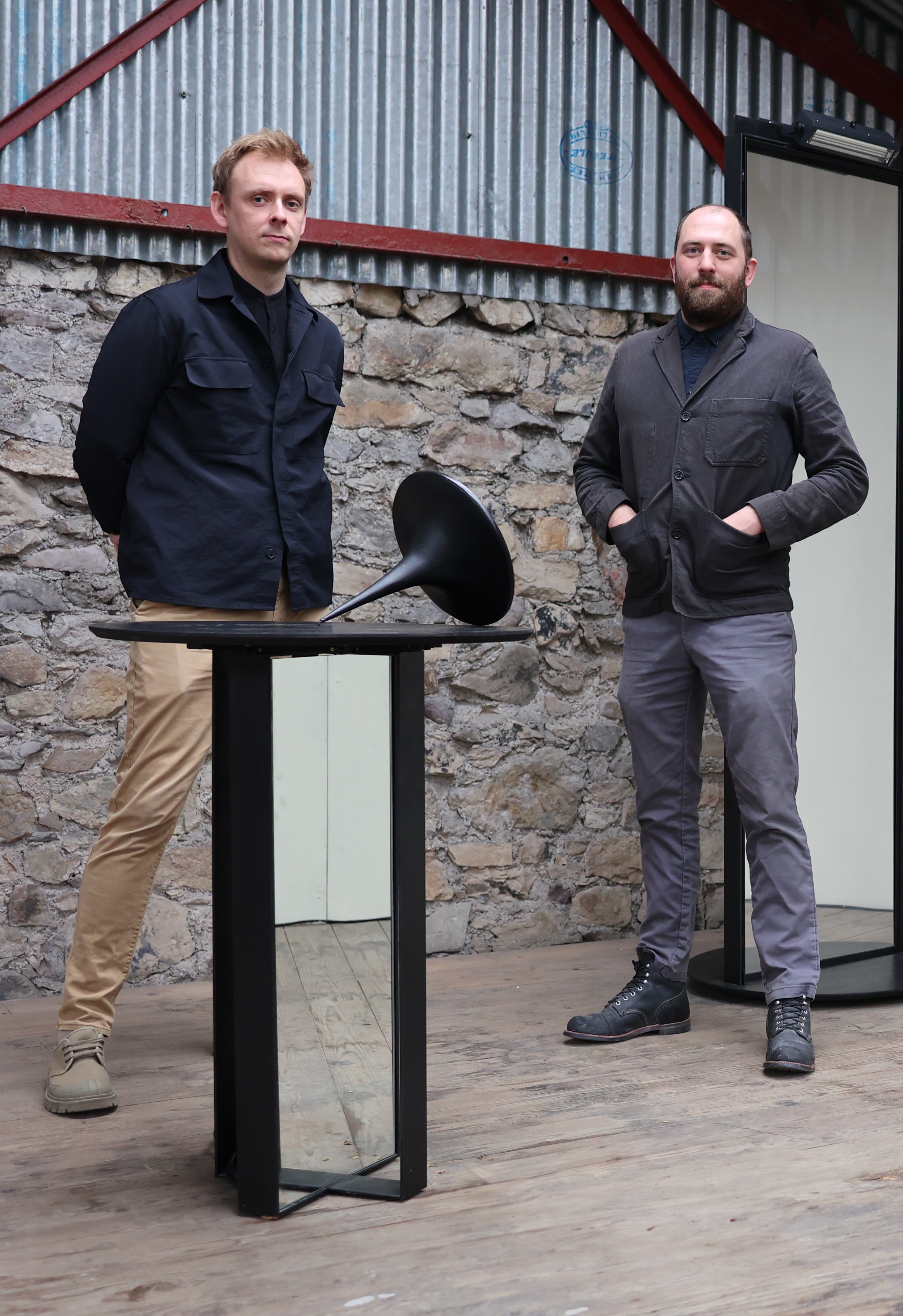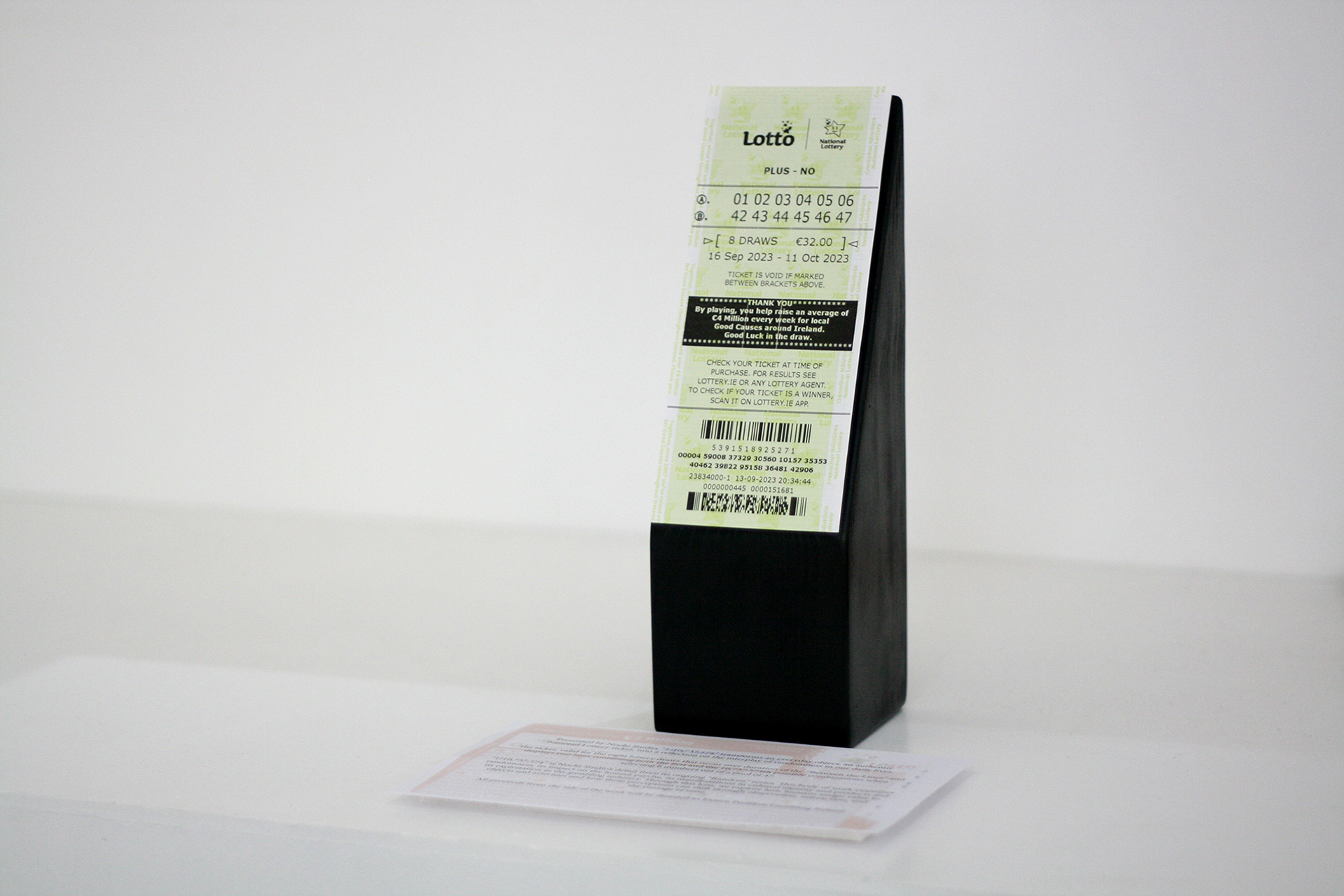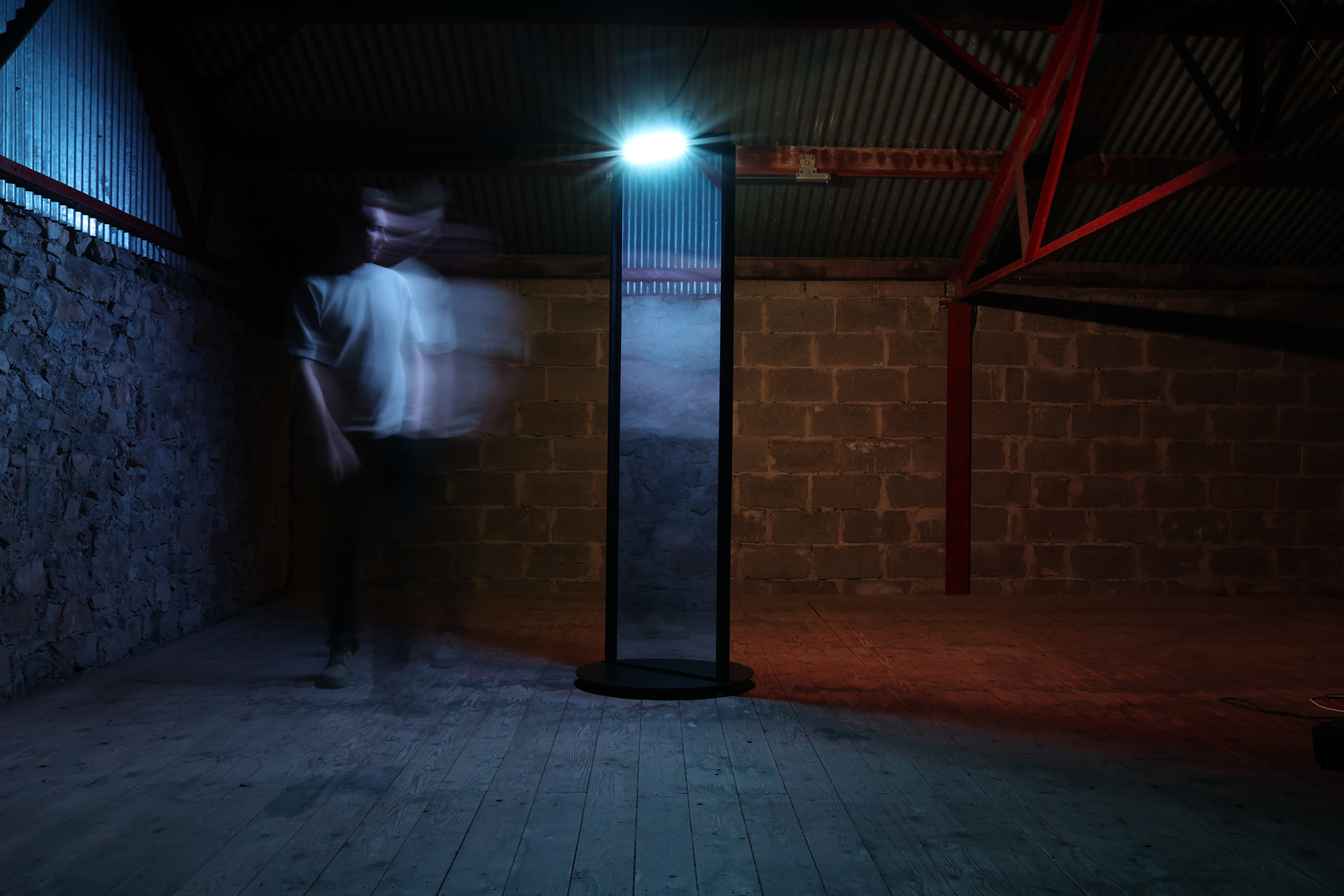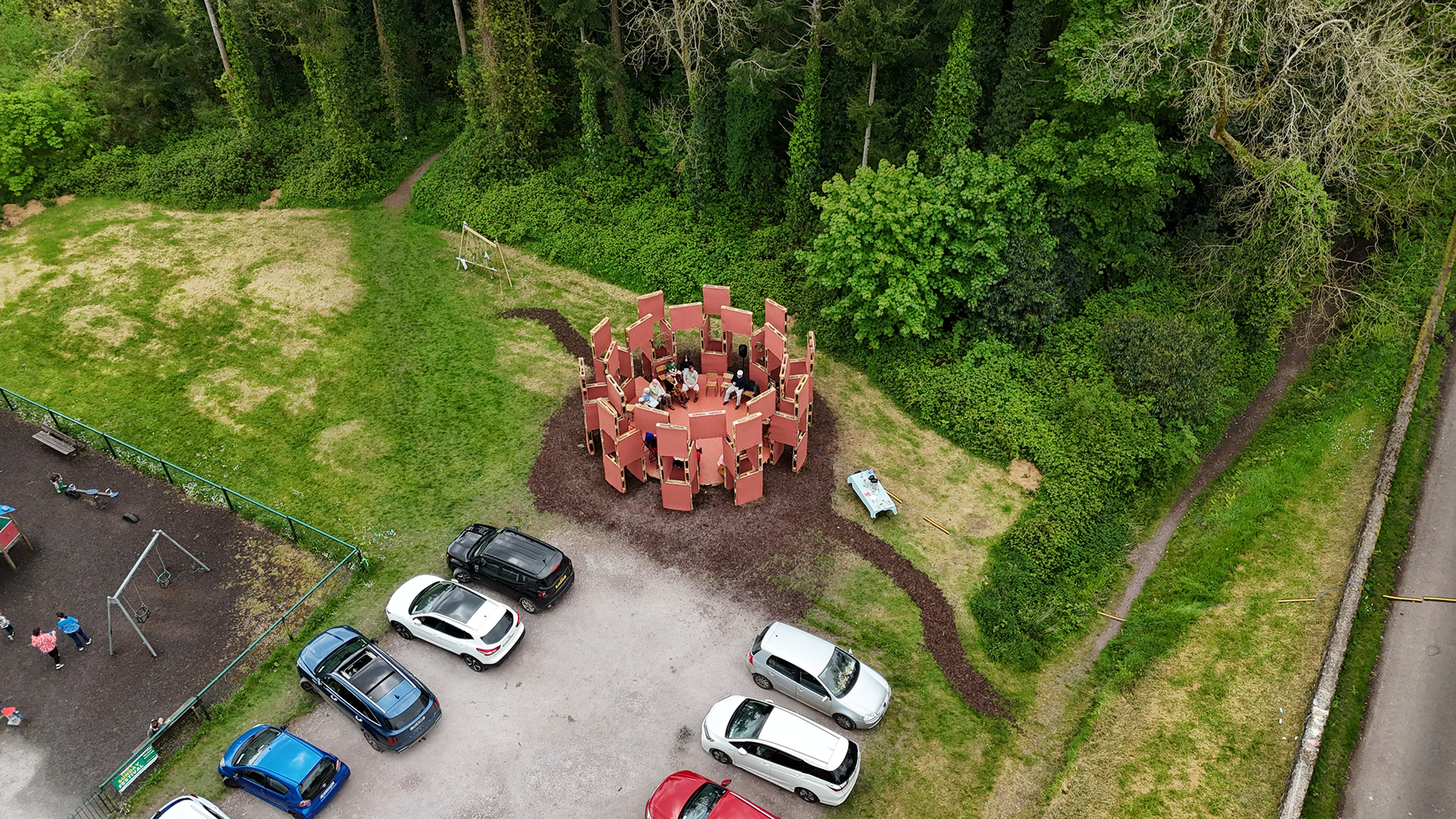
Nocht Studio
Philip Ryan - he/him
Martin McGloin - he/him
Research through making
Country: Ireland
Discipline: Visual art – Digital art – Participatory art
Type of public space: All types
PLATFORM 2025 - 2028 Open call #1

Biography
Nocht Studio is a collaborative art practice that undertakes research through making. Coming from an architectural background, our work blends visual art with social art practice, using design-thinking and participatory methodologies to create immersive, research-driven installations in public space. Through artistic intervention, we interrogate the designed nature of social experiences, focusing on how public spaces, digital interfaces, and economic systems subtly and overtly control agency. This is informed by a focused exploration of the concept of self and others through perceived human experience in the physical and digital world. We work in the mediums of light, sound, music, and film through interactive installations and made objects. Nocht was founded in 2018 by Martin McGloin and Philip Ryan with studios and workshops in both Waterford and Sligo, Ireland.
Artistic project
The Random Project is a socially engaged, research-driven public art initiative examining addiction mechanisms embedded within contemporary gambling environments. It explores how gambling operators strategically engineer addiction through environmental design, user experience, and frictionless interfaces—methods increasingly mirrored by tech industries developing addictive digital products.
Building on extensive research supported by the Arts Council of Ireland and Creative Ireland, the project collaborates with academics, behavioral scientists, policy experts, and individuals with lived experience of gambling harm. Central concepts include Natasha Dow Schüll’s "asymmetric collusion," highlighting exploitative relationships between gamblers seeking immersive "flow states" and operators maximising user engagement; a dynamic analogous to compulsive smartphone usage behaviours.
Public spaces are historically integral to gambling such as casinos, betting shops, and digital platforms, all of which serve as hyper-efficient extraction markets. The project repurposes urban sites like vacant retail spaces and transit hubs into interactive installations using gambling architecture's subtle coercion techniques. Audiences experience, rather than merely observe, these invisible mechanisms.
This phase focuses on creating site-specific, scalable prototypes adaptable to various European contexts. Rather than extracting sites of trauma, the project focuses on enabling audiences to engage with the mechanics of addiction through tangible interventions, encouraging critical reflection on gambling, digital consumption, and algorithm-driven behaviours.
Format: interactive installations supplemented by dialogic events
Size of audience: varies - one to one, to large audiences 100+
Specific location: vacant retail and commercial units, public plazas, and transit hubs
Timing / duration: 24/7 interactive installations installed for a various number of weeks





